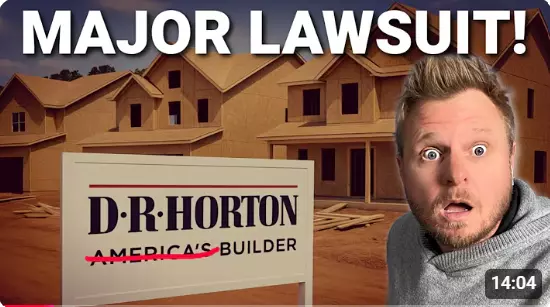Why AISD Is Closing...
Austin School Closures Could Reshape Neighborhoods and Property Values
Something major is unfolding in Austin’s education system. AISD, one of the largest school districts in Texas, just announced plans to close 13 campuses and redraw 98% of attendance boundaries.
Why AISD Is Closing 13 Schools
AISD is facing a projected $20 million budget deficit and a 17% drop in enrollment over the last decade, from 84,000 to 70,000 students. Thousands of empty seats, aging campuses, and declining per-student funding have pushed the district toward drastic measures. The plan includes closing 11 elementary schools, two middle schools, and one international high school, while repurposing campuses for specialized programs like dual-language and Montessori. While the district claims these moves could save $25 million a year, the deeper motivation may be rooted in academic performance and state accountability ratings.
Seven of the schools on the closure list have been labeled “academically unacceptable” in the past three years.
The Robin Hood Recapture Problem
Texas funds schools through local property taxes, and when a district’s property values rise, it sends more money back to the state which is a process known as recapture or “Robin Hood.” AISD sends more money back than any other district in Texas. Nearly $941 million this year alone, more than it collects in local revenue.
That means even though property taxes keep going up, AISD doesn’t get to keep most of that money.
How This Impacts Homeowners and Buyers
Austin homeowners already face multiple tax increases:
- Travis County’s 9% hike following flood-related expenses (about $200 more per year)
- Austin’s proposed $6.3 billion city budget, which could add another $300 annually
That’s an estimated $500 increase per year, even as home values have dipped in many areas.
Meanwhile, AISD’s cuts might not improve its finances, as recapture drains much of the district’s revenue.
When Schools Close, Neighborhood Values Shift
Real estate and school performance are tightly linked. Homes in A-rated zones often sell for 10–25% more than comparable homes nearby. When boundaries change, those premiums can disappear overnight. Families who bought into neighborhoods for specific schools like, Circle C or Barton Hills,could find themselves rezoned, facing new commute challenges and uncertain value impacts. Even logistical issues (like rerouting to farther schools) can frustrate homeowners and influence demand.
Winners, Losers, and the Uncertain Market
AISD could sell or lease closed campuses for mixed-use housing or redevelopment, which might eventually lift neighborhood values. But if those properties sit empty, they could become eyesores that drag nearby prices down. In the short term, uncertainty will likely slow sales in affected zones, with buyers waiting to see how new boundaries settle. Over time, the “school premium” will realign around whichever campuses emerge as the new high performers.
What You Can Do
- Check your address at austinisd.org/consolidate to see how you’re affected.
- If you’re selling, be ready to answer buyer questions about zoning changes.
- If you’re buying, look beyond current boundaries and research planned changes.
- Attend community meetings in October and watch for the November 20th board vote.
Final Thoughts
Austin’s school closures highlight a broader challenge: how to fund growth fairly when rising property values don’t translate into stronger local schools.
For homeowners and buyers alike, this moment is both a wake-up call and an opportunity, to stay informed, advocate locally, and plan strategically for the future.
Categories
Recent Posts












